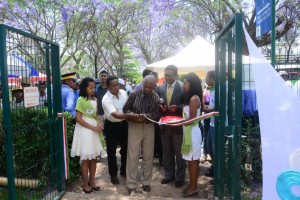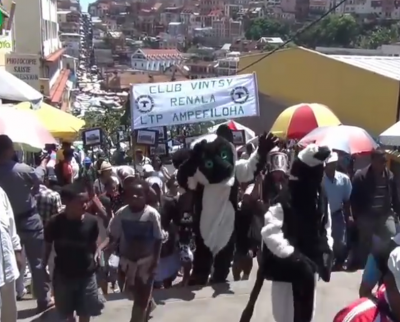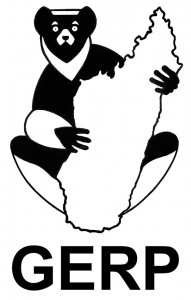GERP: Groupe d’étude et de recherche sur les primates de Madagascar
What We Do

GERP connects Malagasy scientists united in saving lemurs.
Groupe d’étude et de recherche (GERP) connects scientists in Madagascar with the international community to help build in-country capacity for lemur conservation.
Established in 1994 by the Department of Biological Anthropology and Paleontology and Department of Animal Biology of the University of Antananarivo (Madagascar), its headquarters are located right on the university campus, in the center of the capital city. Notably, GERP took over management of the Maromizaha forest in 2008.
How We Protect Lemurs And Other Wildlife

GERP provides a real opportunity for Malagasy university students to connect with foreign researchers.
We focus on the scientific study of lemurs, including the study of their geographical distribution, the implementation of conservation plans, and participation in the discovery of new species. We also translocate animals weakened by the destruction of their habitat to protected areas and zoos.
Since 2008, GERP has been managing the Maromizaha forest in eastern Madagascar. This 1880 hectare forest is home to important wildlife but local villagers continue to extract resources from the park to meet their needs. For this reason, GERP’s responsibilities include patrolling the park, increasing enforcement, undertaking reforestation programming, and working to increase awareness in the region about alternative livelihoods and the value of nature.
What Lemur Species We Protect
GERP is best known for having played a key role in discovering three new species of lemurs:
- Madame Berthe lemur (Microcebus berthae)
- MacArthur’s mouse lemur (Microcebus macarthurii)
- Gerp’s mouse lemur (Microcebus gerpi)
They also actively work in regions that protect several other lemur species, including:
- Eastern woolly lemur (Avahi laniger)
- Indri (Indri indri)
- Diademed sifaka (Propithecus diadema)
- Common brown lemur (Eulemur fulvus)
- Red-bellied lemur (Eulemur rubriventer)
- Eastern lesser bamboo lemur (Hapalemur griseus)
- Black-and-white ruffed lemur (Varecia variegata)
How We Support Local Communities
Education

2014 World Lemur Festival in Antananarivo, Madagascar
By connecting scientists in Madagascar with international research groups, GERP is building the capacity of local community associations, as well as primary and higher education systems here. This will help increase the in-country capabilities to conserve endangered lemur populations.
In the villages surrounding the Maromizaha forest, we at GERP have donated hundreds of school uniforms to the students who cannot afford them and we have covered the costs of teacher salaries when no funding was available to pay them. Through its ongoing programs in Maromizaha, GERP has been able to offer local primary school students a variety of science educational opportunities, including guided visits into the forest and interactive tree-planting lessons.
World Lemur Festival
GERP was a key organizer of the first World Festival of Lemurs, which raised significant awareness for the plight of endangered lemur populations and engaged communities across the globe in lemur-related activities.






Comments are closed.